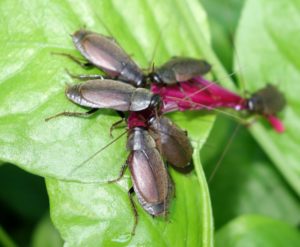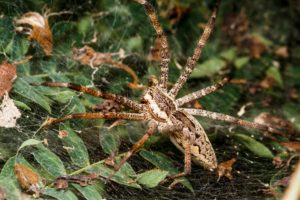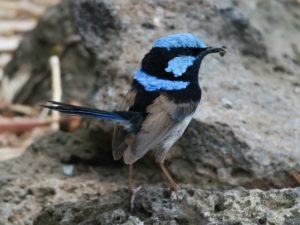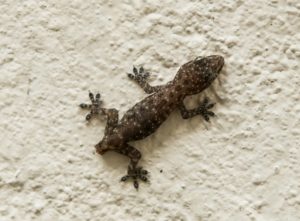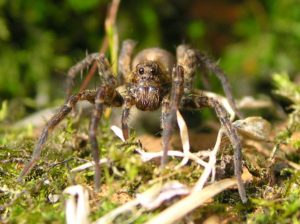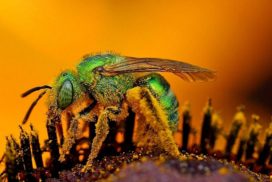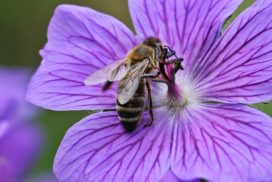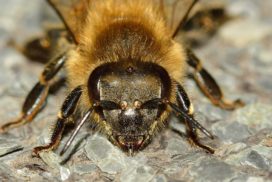WHAT ARE SOME OF THE MOST IMPORTANT FACTORS IN BEEKEEPING?
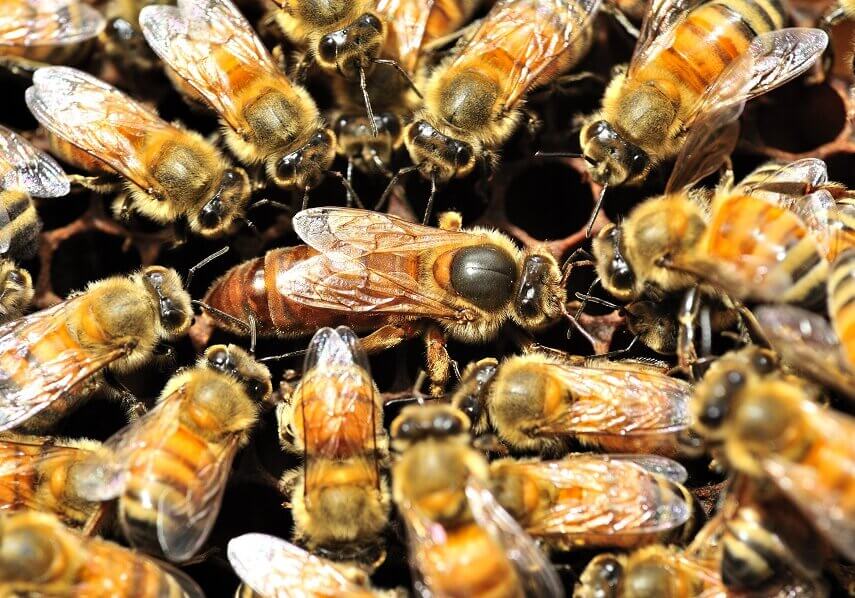
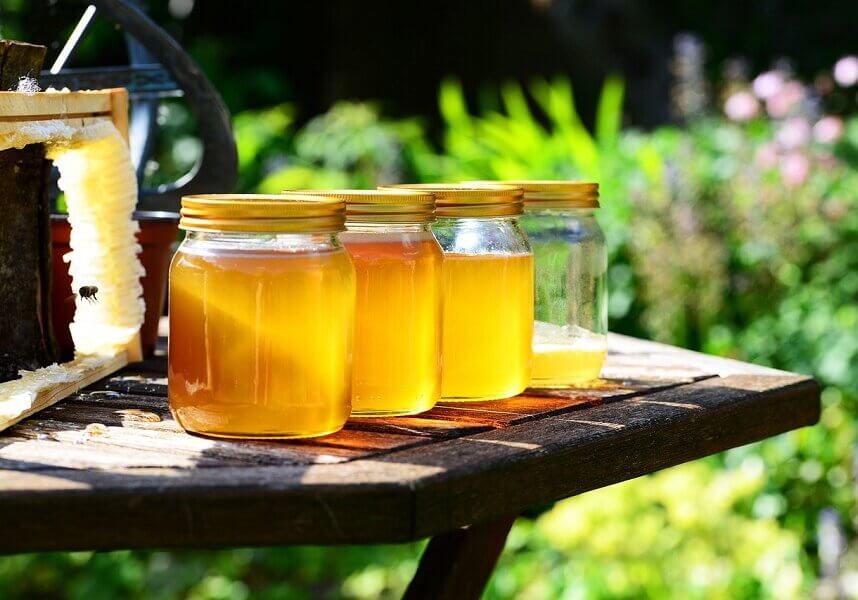
Four factors determine the success of a beekeeper:
(1) The site of the beehive. Beehives should be placed in an area where there are nectar-producing plants and regularly moved to new locations during summer and autumn or wet and dry seasons for tropical regions. In a mountainous region, it is advisable to place hives at the base of the mountain so that bees slope down as fly back after collecting honey.
(2) Understand the importance of the queen bee. Colonies with young, vibrant queens produce the most brood and honey. When a beehive starts producing less honey, it is time to replace the queen bee.
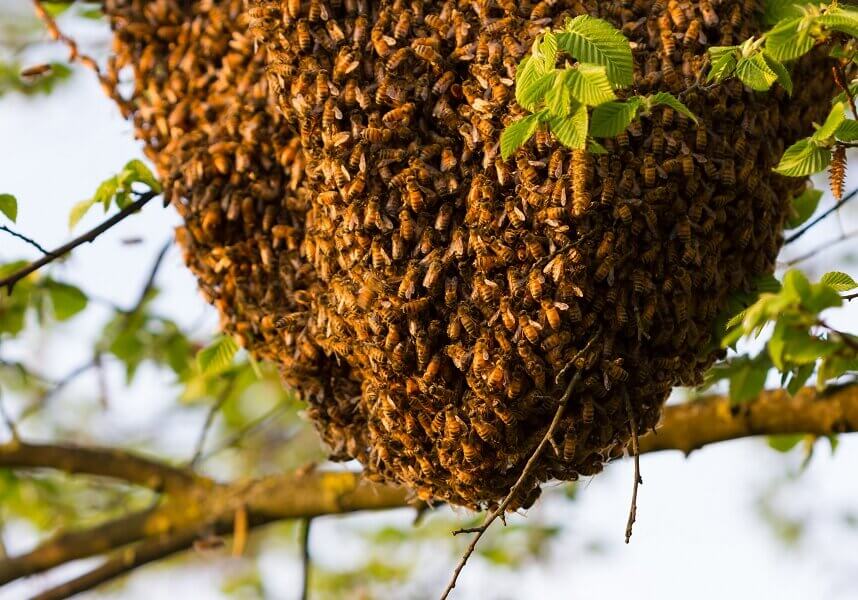
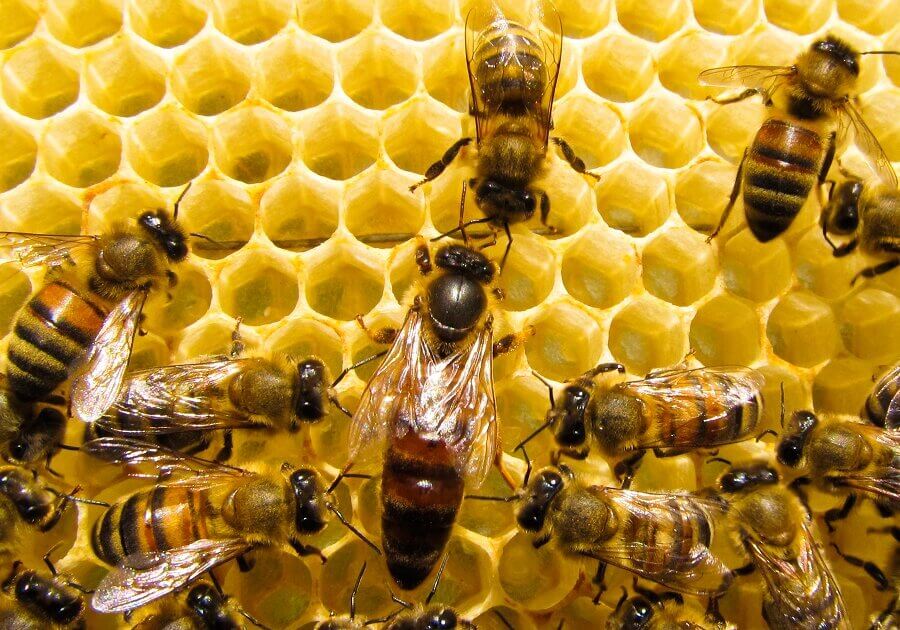
3) Make new colonies. Use beehives comprising of two boxes: one box acting as the upper chamber and the other as the lower chamber. When the bees in the second apiary mature, and there are enough bees in the lower compartment, separate the two boxes and leave the queen in the upper room. Place a young mated queen in the chamber below. The young queen will start filling the lower plate with a new brood that will become a new colony.
4) The attitude of the beekeeper. A beekeeper should not only think about profits but should endeavor to learn as much as possible about bees to the extent that he can tell the condition of the hive from the behavior of the bees: whether the colony is starved, the queen is dead, bees are vibrant and happy and much more.
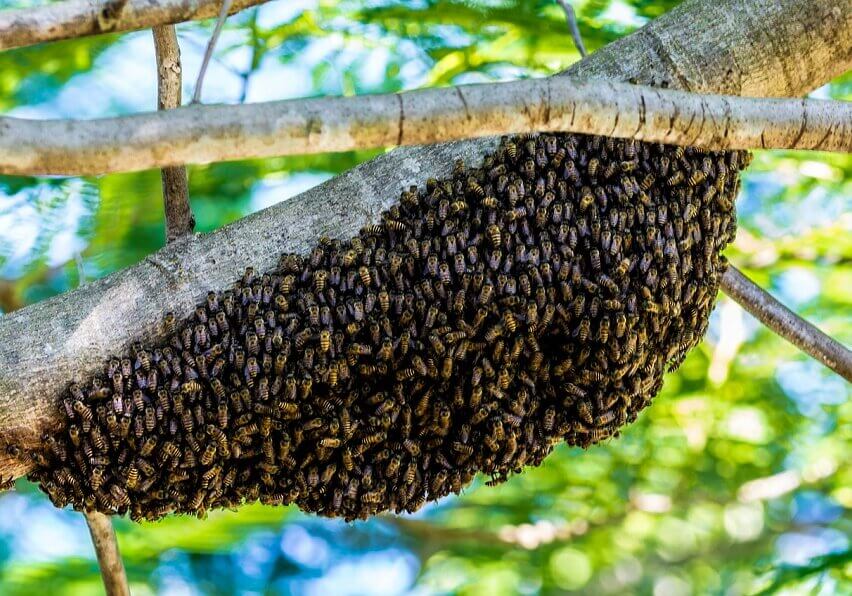
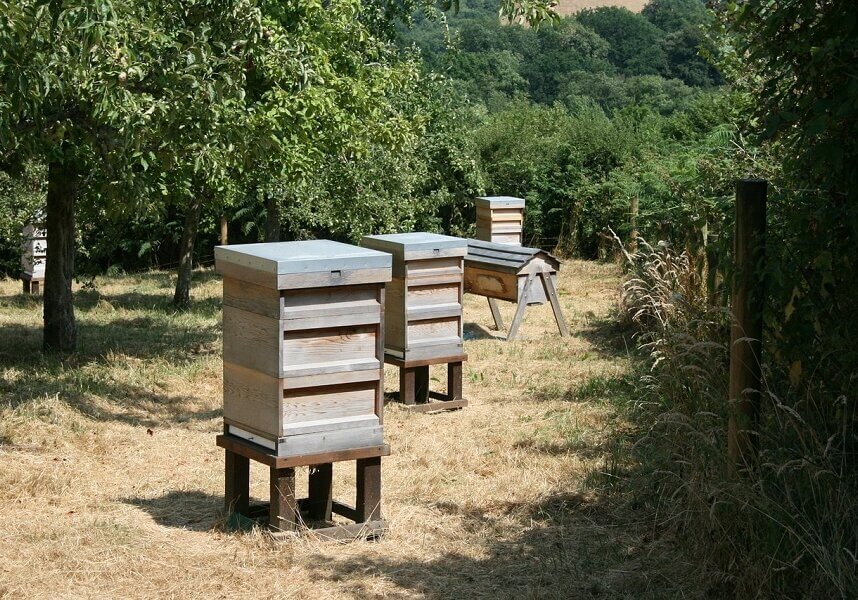
Recent posts
Join us on social media or subscribe!
Sign up to receive our articles in your inbox!
Enter your name and email address below to subscribe.
